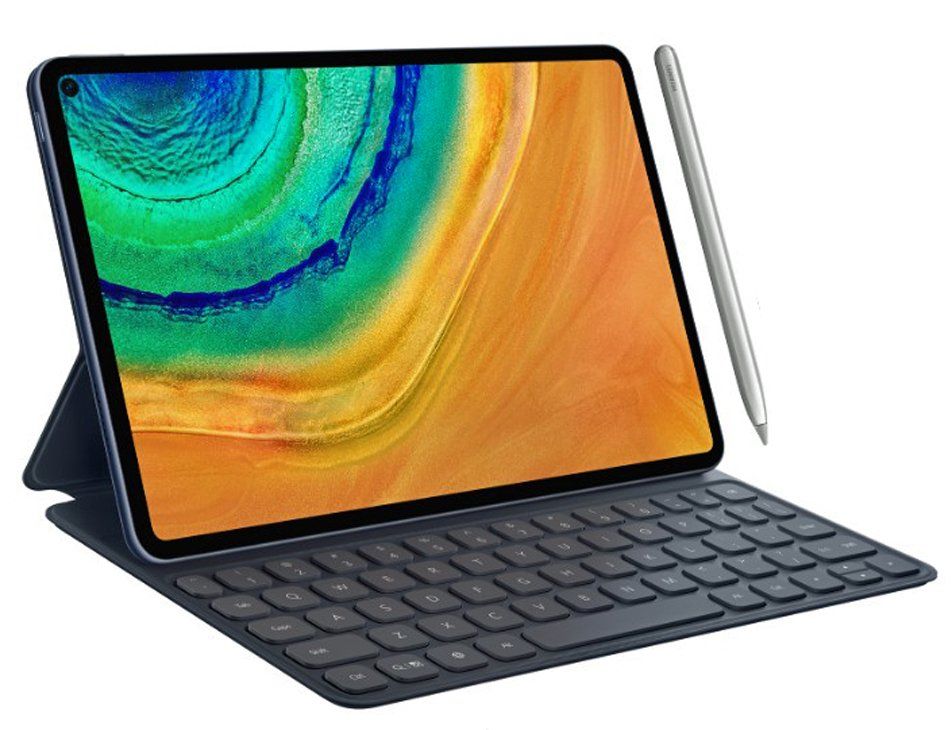Smartphones have overshadowed desktops to become the primary point of interaction for a lot of people. There’s a lot happening on your phone at any given point, and it can be hard to keep track of all of it if you are using a computing machine other than your smartphone. Microsoft took a jab at solving this problem with the Your Phone app, an app that is awfully named but did get the job done. Your Phone allowed screen mirroring from your smartphone to your Windows desktop and enabled other functionalities like notification syncing and phone calls. Previously, the app expanded calling support for all Android 7+ smartphones through Bluetooth, but now, the app is rolling back on this by dropping support altogether for Bluetooth Low Energy connections.
Your Phone mirrored the screen of your Android smartphone to a Windows 10 device over Bluetooth Low Energy, which allowed for wider compatibility on Android but sometimes, it did not work as intended. Microsoft worked with Samsung to develop the Link to Windows feature which worked over WiFi and was easier to access. This expanded compatibility on the Windows end as only a few Windows devices support BLE. Microsoft appears to have vastly favored this approach, as the latest Windows 10 insider build (19013) drops support for screen mirroring over BLE, while Link to Windows is retained as the default connection option. The consequence of this move is that the Your Phone Companion app now supports only the following devices:
- Samsung Galaxy Fold
- Samsung Galaxy Note 10/ Note 10+
- Samsung Galaxy S10/S10+/S10e
- Samsung Galaxy A30s
- Samsung Galaxy A50s
- Samsung Galaxy A90
According to AndroidPolice, a software update to these devices will make Link to Windows a system setting. Microsoft does not intend to bring back BLE support, so we hope that they work on expanding Link to Windows to more devices.
Your Phone Companion - Link to Windows (Free, Google Play) →
Source: Windows Blog
Story Via: AndroidPolice
The post Microsoft’s Your Phone app drops support for Bluetooth Low Energy connections appeared first on xda-developers.
from xda-developers https://ift.tt/323bG92
via IFTTT






















